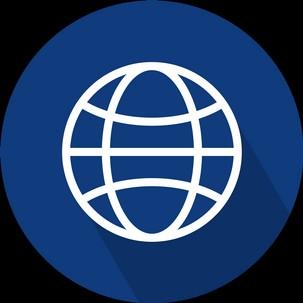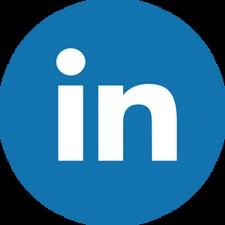

: Comprehensive insight into regional dynamics, growth drivers, and market segmentation.

Supply, Regional and Competitive Analysis 2025-2032








: Comprehensive insight into regional dynamics, growth drivers, and market segmentation.

Supply, Regional and Competitive Analysis 2025-2032





Global Polyethylene Terephthalate (PET) Catalyst
market size was valued at USD 753 million in 2024 and is projected to reach USD 1042 million by 2032, growing at a CAGR of 4.9% during the forecast period.
Polyethylene Terephthalate (PET) catalysts are specialized chemical compounds essential for polymerizing ethylene glycol and terephthalic acid to produce PET resin. These catalysts, including antimony-based (e.g., antimony trioxide), titaniumbased, and germanium-based variants, optimize reaction kinetics, molecular weight distribution, and final polymer characteristics. The U.S. holds the


CAGR 2032
This market is gaining traction due to stricter environmental regulations worldwide, particularly in industries such as power generation, cement production, and metal processing.. USD 753 million USD 1042 million 4.9%
Click Here for More Detailed Report



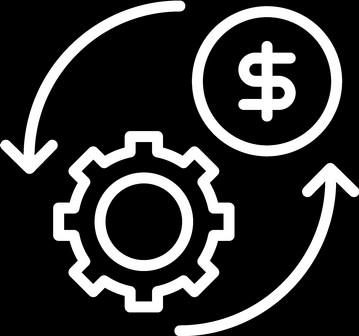




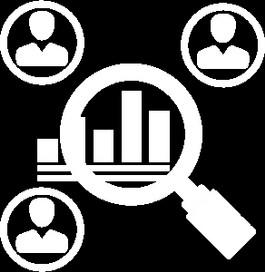
1Global push toward sustainable packaging solutions is significantly driving demand for recycled polyethylene terephthalate (rPET), consequently boosting the PET catalyst market. With over 30% of global PET production now directed toward packaging applications, manufacturers are increasingly adopting catalyst technologies that enable efficient polymerization for food-grade recycled materials. Antimony-based catalysts, which dominate 65% of market share, are being optimized to meet stringent FDA and EU regulations for recycled content in food-contact applications.
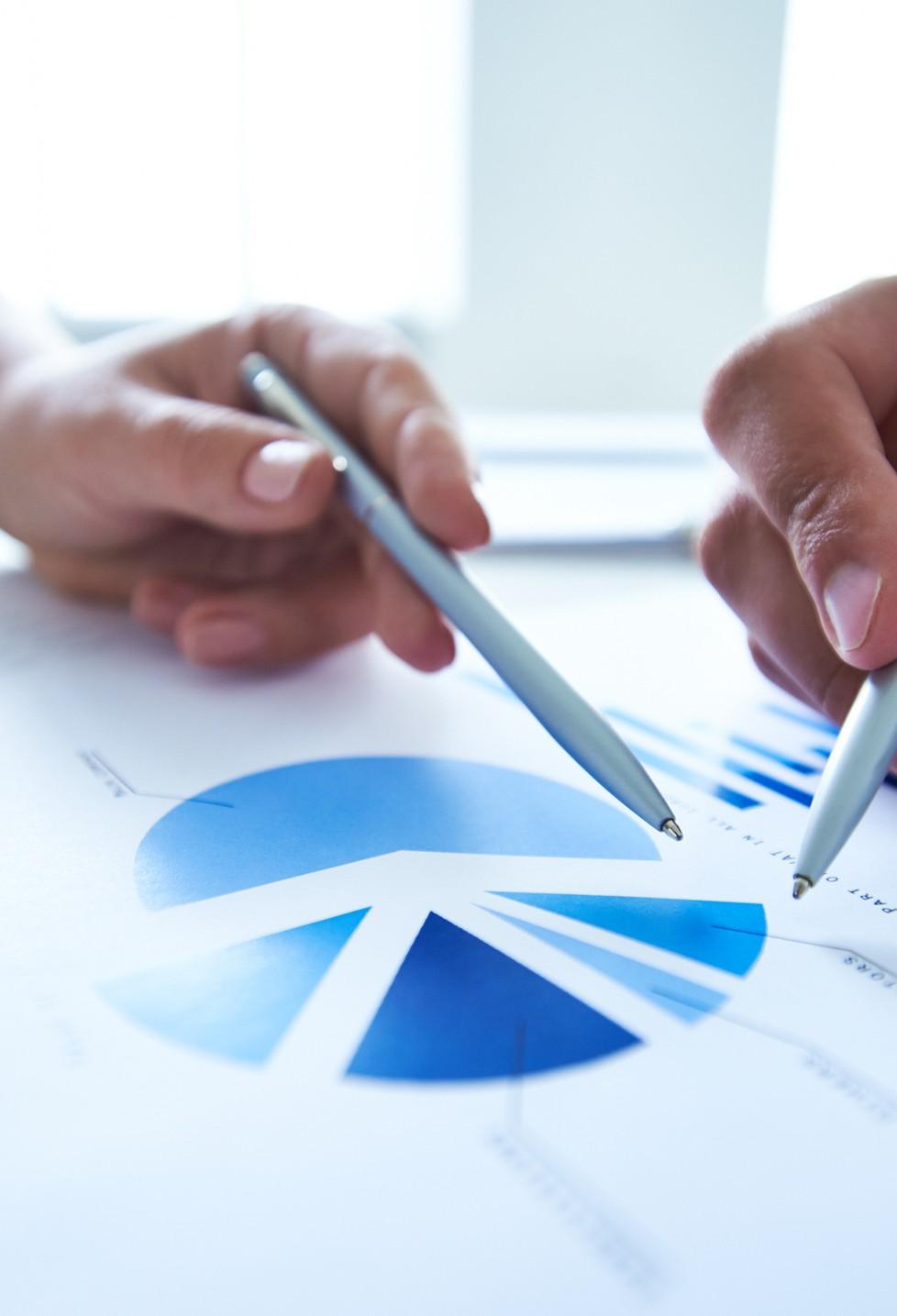


Growing environmental concerns present significant opportunities for innovative catalyst developers. Novel aluminumbased and organic catalyst systems demonstrate promising performance in laboratory settings, with several reaching pilot-scale testing. Successful commercialization could capture 15-20% of the market currently served by antimony catalysts within five years. Major PET producers are actively seeking alternative solutions, creating favorable conditions for strategic partnerships and technology licensing agreements. The development of effective drop-in replacements would be particularly valuable, minimizing transition costs for existing production facilities.

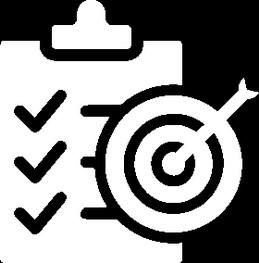
Boron neutron capture therapy (BNCT) is emerging as a promising cancer treatment modality, particularly for difficult-to-treat tumors like glioblastoma. Japan has led clinical adoption with over 200 patients treated since 2020, while China and Europe are ramping up clinical trials. The precision targeting capability of boron-10, when irradiated with low-energy neutrons, minimizes damage to healthy tissues - a significant advantage over conventional radiotherapy. Pharmaceutical companies are investing in boron-containing drug development, with several boron-10 based compounds currently in Phase II/III trials for various oncology indications.

The North American PET catalyst market is driven by stringent environmental regulations and advanced manufacturing capabilities. The U.S., accounting for the largest regional share, is experiencing steady demand due to its robust food and beverage packaging sector, which relies heavily on PET-based containers. Antimony-based catalysts dominate here, but there's growing regulatory scrutiny over their usage due to potential toxicity concerns. The shift toward sustainable packaging solutions and increasing R&D investments by companies like DuPont are propelling innovation in alternative catalyst technologies, such as titanium and germanium-based systems.

Europe’s market is shaped by strict adherence to EU REACH regulations, which impose rigorous safety and environmental standards on catalyst usage. The region sees higher adoption of germanium-based catalysts due to their lower toxicity, despite their premium pricing. Countries like Germany and France lead in demand, supported by their well-established pharmaceutical and consumer goods industries. Additionally, recyclability mandates for PET products are accelerating the development of catalysts that enhance polymer recyclability, such as non-metal options. However, rising raw material costs and geopolitical instability pose threats to




• DuPont (U.S.)
• Teijin Limited (Japan)
• Toyobo Co., Ltd. (Japan)
• Gima SpA (Italy)
• AMG Advanced Metallurgical Group (Netherlands)
• Campine NV (Belgium)
These companies represent some of the major key players driving innovation and growth in the market, contributing significantly to global supply and competitive dynamics.


Founded in 2015, 24chemicalresearch is a trusted name in global chemical industry intelligence. We specialize in delivering high-quality market research reports, empowering over 30+ Fortune 500 clients with data-driven insights for strategic growth. Our team of experienced analysts delivers customized, reliable, and timely research backed by a rigorous methodology. From mining regulatory trends to forecasting market opportunities, our reports help companies navigate industry challenges, stay competitive, and grow confidently.
As a one-stop platform for the chemical sector, we offer:
• Deep specialization in chemical market analysis
• Customized reports tailored to your needs
• A robust portal with free samples, consulting, and competitive insights


